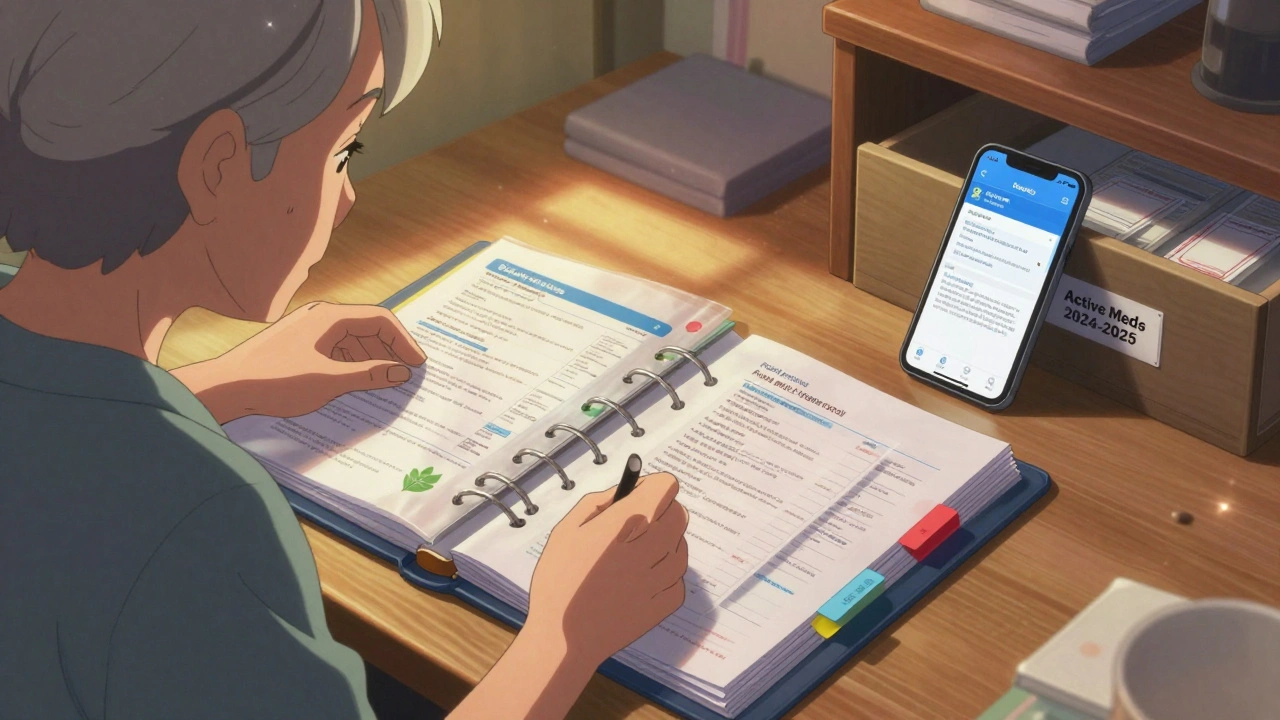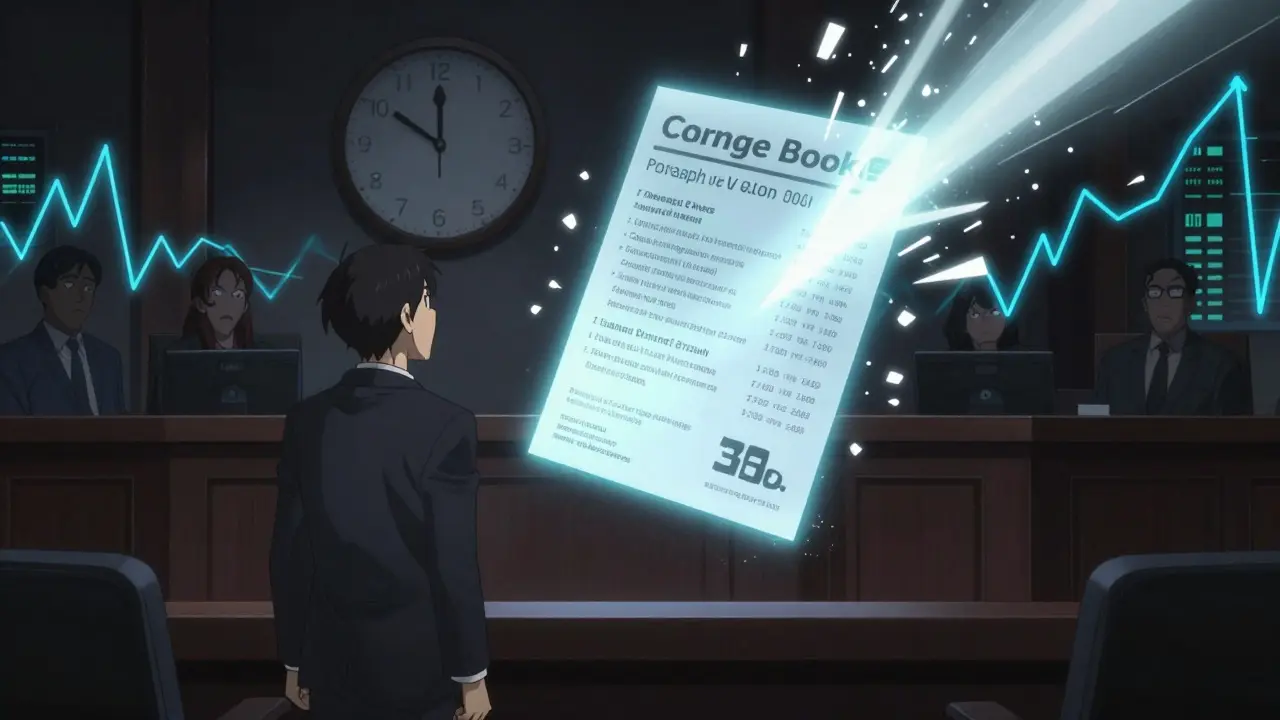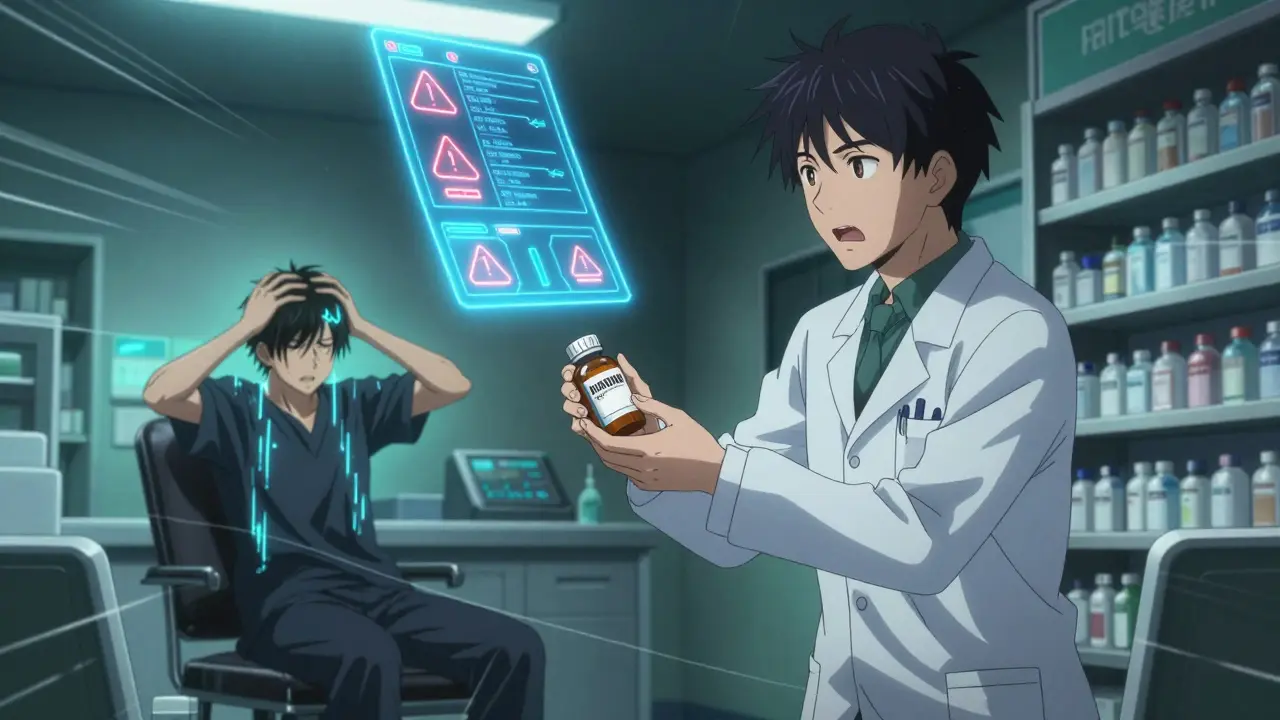Blood thinners: what they do and how to stay safe
Blood thinners lower your blood’s ability to form clots. That sounds risky, but for many people they prevent strokes, dangerous clots in the legs or lungs, and complications after heart procedures. If you or someone close to you takes a blood thinner, the right habits make a big difference. This page gives clear, practical advice you can use right away.
Types of blood thinners
There are two main categories: anticoagulants and antiplatelet drugs. Anticoagulants include warfarin, heparin, and the newer DOACs like dabigatran, apixaban, and rivaroxaban. They slow parts of the clotting process. Antiplatelets—aspirin and clopidogrel—stop platelets from sticking together and are commonly used after stents or for heart disease.
Why it matters: warfarin needs regular blood tests (INR) and interacts with many foods and drugs. DOACs usually need less testing but still interact with some medications. Your doctor picks the right one based on your condition and other medicines you take.
Safety tips you can use today
Use these practical rules to lower bleeding risk and avoid surprises.
- Take the exact dose at the same time each day. Don’t skip or double doses without asking your provider.
- If you take warfarin, keep vitamin K intake steady—don’t suddenly eat huge amounts of leafy greens.
- Avoid regular use of NSAIDs (ibuprofen, naproxen) unless a doctor OKs them. They raise bleeding risk.
- Tell every doctor, nurse, and dentist that you’re on a blood thinner before any procedure or tooth work.
- Carry an ID card or wear a medical bracelet listing your drug and dose. This helps in emergencies.
- Be careful with supplements—fish oil, ginkgo, and high-dose vitamin E can affect bleeding. Check with your pharmacist.
- Limit alcohol and don’t binge. Alcohol changes how some blood thinners work and can increase bleeding.
- When travelling, bring pills in original packaging and a short note from your doctor about the medication and dose.
- If you injure yourself, apply firm pressure for longer than usual and seek medical help if bleeding won’t stop.
For planned surgeries or dental procedures, your doctor will tell you if and when to stop the blood thinner. This varies: some drugs are stopped 24–48 hours before low-risk procedures; others need longer or a temporary alternative (bridging) in certain cases.
Signs you should get urgent help include heavy or prolonged bleeding, sudden severe headache, vision changes, weakness, coughing or vomiting blood, black stools, or a large unexplained bruise. If you miss a dose, follow the specific instructions given by your prescriber—don’t guess.
Before you leave an appointment, ask these quick questions: Why this drug for me? How long will I take it? What tests do I need and how often? Which over-the-counter drugs or supplements should I avoid? Clear answers make it easier to follow the plan.
Blood thinners work well when you follow simple rules and stay in touch with your healthcare team. Small habits—consistent dosing, smart choices about other drugs and food, and quick action for injuries—keep you safer and more confident every day.
Clopidogrel Insights: A Patient's Guide to Understanding Medication
Clopidogrel is a widely prescribed medication crucial for managing certain heart and blood vessel conditions. Known for its ability to prevent blood clots, Clopidogrel is vital for preventing strokes and heart attacks. By understanding how it works, who should use it, and its potential side effects, patients can better manage their health. Learn about how Clopidogrel compares to other treatments and get tips on maximizing its benefits through lifestyle choices.






